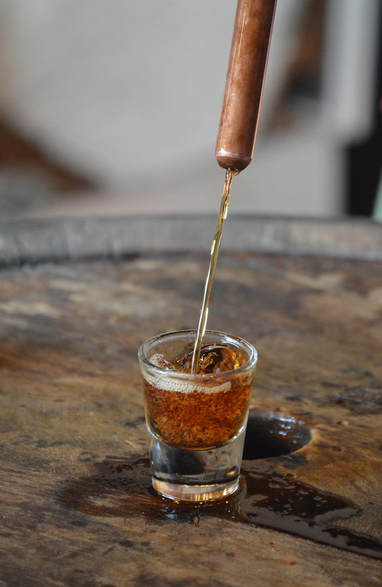 Photos by Rick Showalter. Photos by Rick Showalter. My parents were enthusiastic bourbon drinkers long before craft bourbons and celebrity master distillers. They were loyal to reasonably-priced Kentucky bourbon that soothed the rough edges of the day or amplified the conviviality of a small gathering. As Kentucky natives, they were proud to offer the state’s signature elixir to friends and colleagues in Maryland and Massachusetts. I imagine for them it served as an emotional tie to the home they felt estranged from but so longed for. So it was not surprising to learn that John C. Goodlett, only two years removed from an extended bout of homesickness as he was shuttled around Europe fulfilling his duties as a lieutenant in the U.S. Army, would, in 1948 while a graduate student at Harvard University, write a paper titled “Kentucky Bourbon Whiskey.” He was still a long way from home, and perhaps he hadn’t yet fully reconciled why he had chosen to continue his studies at such a distance from all that he knew and loved. What is surprising, however, is that the Harvard Botany Library still has a copy of that paper in its stacks. David Hoefer, author of the Introduction to The Last Resort and archaeologist extraordinaire, recently unearthed this relic during a routine search for books related to my father. Unfortunately, he also learned that the document is not available through interlibrary loan. My curiosity piqued, I picked up the phone to find out how I might access this bit of my father’s legacy. It turns out that all of the holdings at Harvard’s collective Botany Libraries are non-circulating. I’ll have to make a trip to Cambridge to learn just how my father managed to write about bourbon from a botanist’s perspective, and perhaps why this work has been housed in one of the university’s libraries for 70 years. The young lady who took my call was kind enough to pull the document from the shelves. She confirmed that what was identified as a “book” in the online card catalog appeared instead to be something more akin to a research paper. Nothing on the title page ties it to a particular Harvard class or professor or explains the thesis or genesis of the paper. Obviously, bourbon is distilled from a number of plants—corn, rye, barley—so it’s not too far-fetched to imagine why the young grad student chose this topic for research. One can also imagine the department professors getting such a kick out of the subject that they made the paper available to their curious, nonabstemious colleagues by placing it in the library. And somehow, either by neglect or fond oversight, it’s remained lodged in its somewhat incongruous home for decades. Someday I hope to make the trek up the East Coast to check it out. 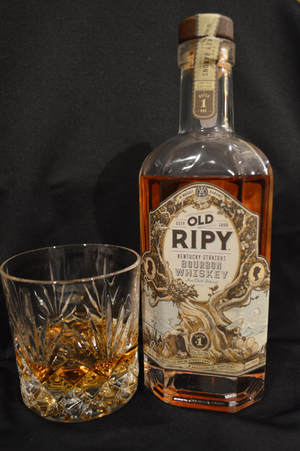 This unexpected discovery took on more meaning when The Last Resort was recently reviewed by Steve Flairty in the Annual Bourbon Issue of the Kentucky Monthly magazine (September 2018). It seemed fitting that Pud’s journal about life along Salt River had found a temporary home among the articles extolling the burgeoning bourbon industry in Kentucky. It would have been hard for Pud to write about the Lawrenceburg environs in 1942-43 without mentioning the Old Joe and Ripy Brothers distilleries. In a contemplative moment in February 1943, he describes the two distilleries looming on the horizon as familiar geographic and economic markers of the county’s industry and history. “Took a stroll across Mr. Holly’s* this afternoon. Went by the pond where I saw several robins, killdeer, and meadowlarks. I walked up along the old rail fence to the ridge and up through the redbud thicket to the crest of the hill. I just sat there for an hour and a half and looked around. I could see for miles—Woodford and Shelby and Mercer Counties, Ripy Bros. and Old Joe. Today is just like spring with bird songs everywhere.” *Mr. Holly’s: Mr. Holly Witherspoon’s property on west Broadway, which included the site of the current high school and stretched north to Route 44. Pud went to school with members of the Dowling and Ripy and Bond families. They were his friends. He understood the role bourbon played as an economic engine for the county. In his handwritten notes on the “History of Anderson County”—which he kept in the same University of Kentucky loose-leaf notebook where he compiled the camp logbook—he inserts a brief but telling allusion amid more detailed information about the county’s founders, its courthouses, its industries, its churches, and its role in the Civil War: “pop. 1870—373. Since 1818—50 distilleries.” You can’t talk about Anderson County history without talking about bourbon. And it’s nearly impossible to recall a Goodlett family gathering without thinking about the bourbon that was poured. I expect the Johns Hopkins professor would have been tickled—or possibly mortified—to know that the paper he wrote about Kentucky bourbon as a first-year grad student is still available to curious botanists in 2018. I hope he would be happy to know that, in that same year, a book about his wanderings along Salt River would be mentioned in a magazine devoted to his favorite Kentucky beverage.
2 Comments
Barbara Fallis
9/9/2018 06:40:29 pm
This blog also connected me to your late mother, Mary Mars. If I remember correctly she worked at Seagram's Distillery in Lawrenceburg, IN. Some years ago the "Old Timers" , my friends and neighbors, told stories about the catastrophic 1937 flood and how Seagram's was flooded and whiskey barrels floated down river to my town. The grandson of one of my dearest neighbors who is now long gone, showed me a few photos of the barrels that had washed up on his grandmother's property which is only 1/3 mile from my house. Where I live in Western Boone County on the river, it is only 10 miles down river from Seagram's. I never knew if the whiskey barrel story was true but now know it is. Interesting how your blogs recall tangential memories. Thank you for investigating and sharing the history and current events of this family.
Reply
Sallie Showalter
9/9/2018 10:29:35 pm
Yes, my mother, Mary Marrs, worked as a chemist at both the Seagram's in Lawrenceburg, Ind., and the Seagram's in Lawrenceburg, Ky., after she completed college and before she headed to Hawaii to work for the Navy during WWII. So glad to hear these posts are evoking all sorts of memories for you, Barbara!
Reply
Your comment will be posted after it is approved.
Leave a Reply. |
Details
Archives
June 2023
Categories
All
|

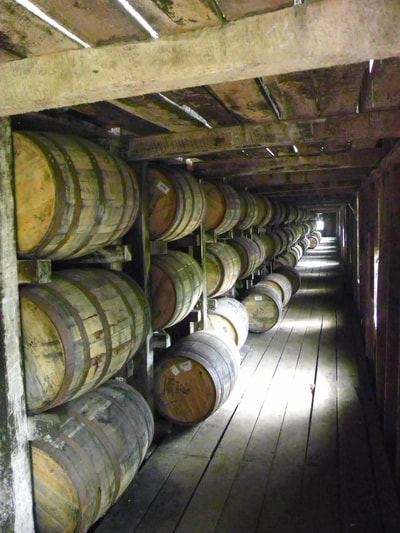
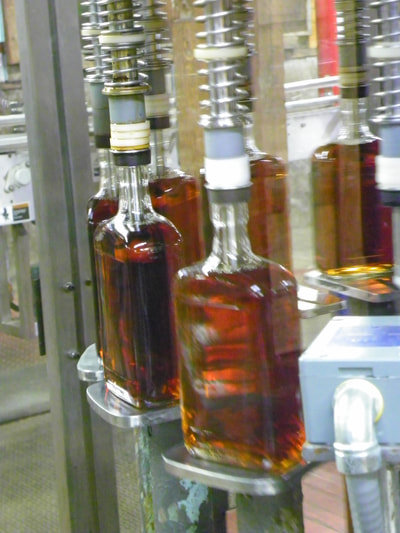
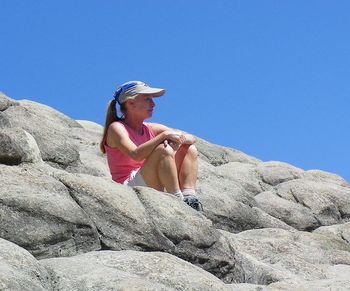
 RSS Feed
RSS Feed